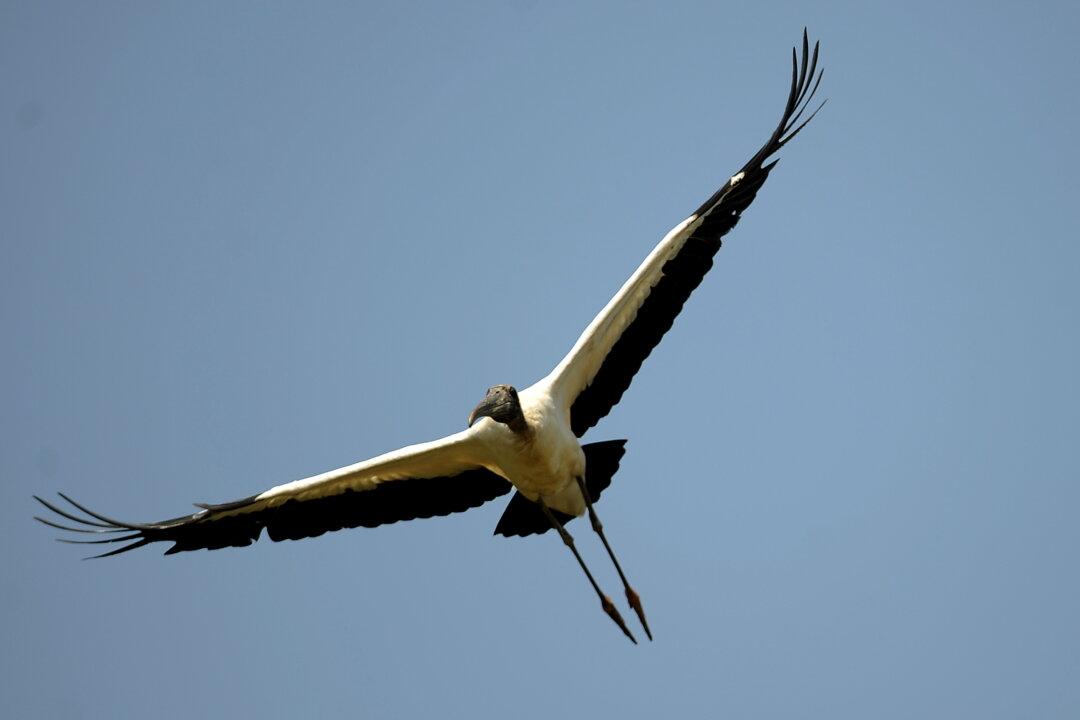Forty years ago, the most important wildlife protection measure in U.S. history was signed into law by President Richard Nixon, who marked the occasion by issuing the following statement: “Nothing is more priceless and more worthy of preservation than the rich array of animal life with which our country has been blessed.”
That’s the point of view that helped give rise to the Endangered Species Act (ESA). The long list of species it has helped save from extinction includes birds such as the peregrine falcon, wood stork, Kirtland’s warbler, California condor, and Nçnç (Hawaiian goose).
Other well-known beneficiaries of the ESA include Louisiana black bear and black-footed ferret. The need for the ESA is proven by the fact that in the United States and its coastal waters, scientific studies have resulted in nearly 1,500 plants and animals being added to the federal list of threatened or endangered species. That should come as no surprise given the global extinction crisis.
The ESA protects these plants and animals by protecting their natural habitats. Sometimes, but not always, that is a process that puts limits on proposals to develop certain portions of those landscapes. It’s also a process that has helped prevent the extinction of 99 percent of the plants and animals it has been used to protect, including irreplaceable but less charismatic species ranging from Okaloosa darter to Maguire daisy and Lake Erie water snake.
In other words, when this law is allowed to work as it was designed to, it has been remarkably effective. Unfortunately, the ESA has been undercut for years by high-profile critics. Some of these critics blame the ESA (falsely) for larger economic problems. Some would gladly sacrifice rare species and their habitats in order to boost short-term profits.
Allies of these critics in the U.S. Congress have repeatedly slashed funding for the ESA listing and enforcement process, which has been admirably carried out by the U.S. Fish and Wildlife Service and National Marine Fisheries Service. Under the Obama administration, problems linked to funding cuts have been compounded by a series of controversial ESA listing proposals. For various reasons, those proposals fail to protect species in desperate need of conservation measures, such as the lesser prairie chicken, streaked horned lark, western yellow-billed cuckoo, a distinct bi-state population of the greater sage-grouse, and northern spotted owl.
In Congress, bills that would destroy the ESA’s effectiveness have been unveiled repeatedly in recent years. The latest example is the Endangered Species Management Self-Determination Act, which was recently reintroduced in both the House (H.R. 3533) and Senate (S. 31731). This bill would require governors and Congress to sign off on all new endangered species listings, and it would allow governors to take over management of species that reside solely inside their states’ borders. On top of that, this bill would automatically remove protected plants and animals from the Endangered Species List after five years. The bill has little chance of passing this Congress and effectively turns biological and ecological decision making into politically motivated decision making.
Changes such as these could undo much of the good work done since 1973. If that happens, we will lose the wildlife that Richard Nixon called “a many-faceted treasure, of value to scholars, scientists, and nature lovers alike, and it forms a vital part of the heritage we all share as Americans.”
Dr. George Fenwick is president of the American Bird Conservancy, a nonprofit membership organization whose mission is to conserve native birds and their habitats throughout the Americas.
Opinion
Keep the ESA Strong for the Next 40 Years
Forty years ago, the most important wildlife protection measure in U.S. history was signed into law by President Richard Nixon, who marked the occasion by issuing the following statement: “Nothing is more priceless and more worthy of preservation than the rich array of animal life with which our country has been blessed.”

A wood stork flies at the National Palo Verde Park on April 8, 2010 in Guanacaste, Costa Rica. Yuri Cortez/AFP/Getty Images
|Updated: